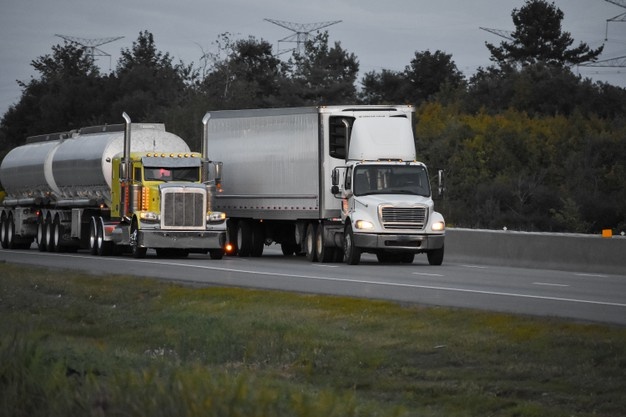In previous articles, we have talked about the cross-docking distribution model and its important role in logistics processes. This time, we will delve more deeply into the advantages and disadvantages of adopting this system and how to know if there are possibilities to adapt it to a warehouse.
Cross-docking is an order preparation strategy that does not make use of the warehouse resource, this system sends the product directly from the factory to the end customer, eliminating processes such as picking and consolidating. Thanks to this strategy, you will end up with cheaper prices than in traditional systems.
This system can be carried out in two modes: direct and indirect. The direct model consists of transporting pallets directly without being handled, while the indirect mode is when the boxes are fragmented and labeled to send them to the final destination.
Advantages of cross-docking
- Cost reduction: By not requiring warehousing, you save on maintenance costs and rent for the space occupied by the goods. Cross-docking also reduces the total handling of the materials, so less staff will be needed to move them.
- Space savings: Cross-docking does not require large spaces to store goods, which means space savings within the company. In addition, it eliminates processes such as order selection.
- Shortening delivery times: By eliminating some processes such as warehousing and order selection, cross-docking makes the supply chain more agile and runs in a short time. This favors the customer since the product will be delivered in the shortest possible time.
Disadvantages of cross-docking
- High investment: Cross-docking requires systems to replace the warehouse and therefore requires a higher initial investment than a traditional system.
- Compatible systems: Cross-docking requires integration of the entire supply chain, so the suppliers’ labeling system must be similar or compatible with it to work properly.
- Constant planning: For the cross-docking system to work properly, it is necessary for the company to plan well all the connections to be made in order to save as much time and resources as possible.
To conclude, we can safely say that cross-docking is an excellent system that mainly favors companies that have a stable demand and need to move large merchandise volumes. It is also ideal for perishable goods, products that are part of sales, and high-value items such as appliances or furniture.
Applying new technologies to your e-commerce
This strategy might fit your particular needs or not, what really matters is to keep improving and renovating your business, that way you will always be leading your market. That is what Xborder contributes to your business, aside from the experience and professionalism.
If you are looking to expand your commercial trades, Xborder will help you to reach Latinamerican soil by providing logistics, legal procedures, customer service, technological tools, and much more.
To learn more about the variety of services offered, visit https://www.xborder.co









